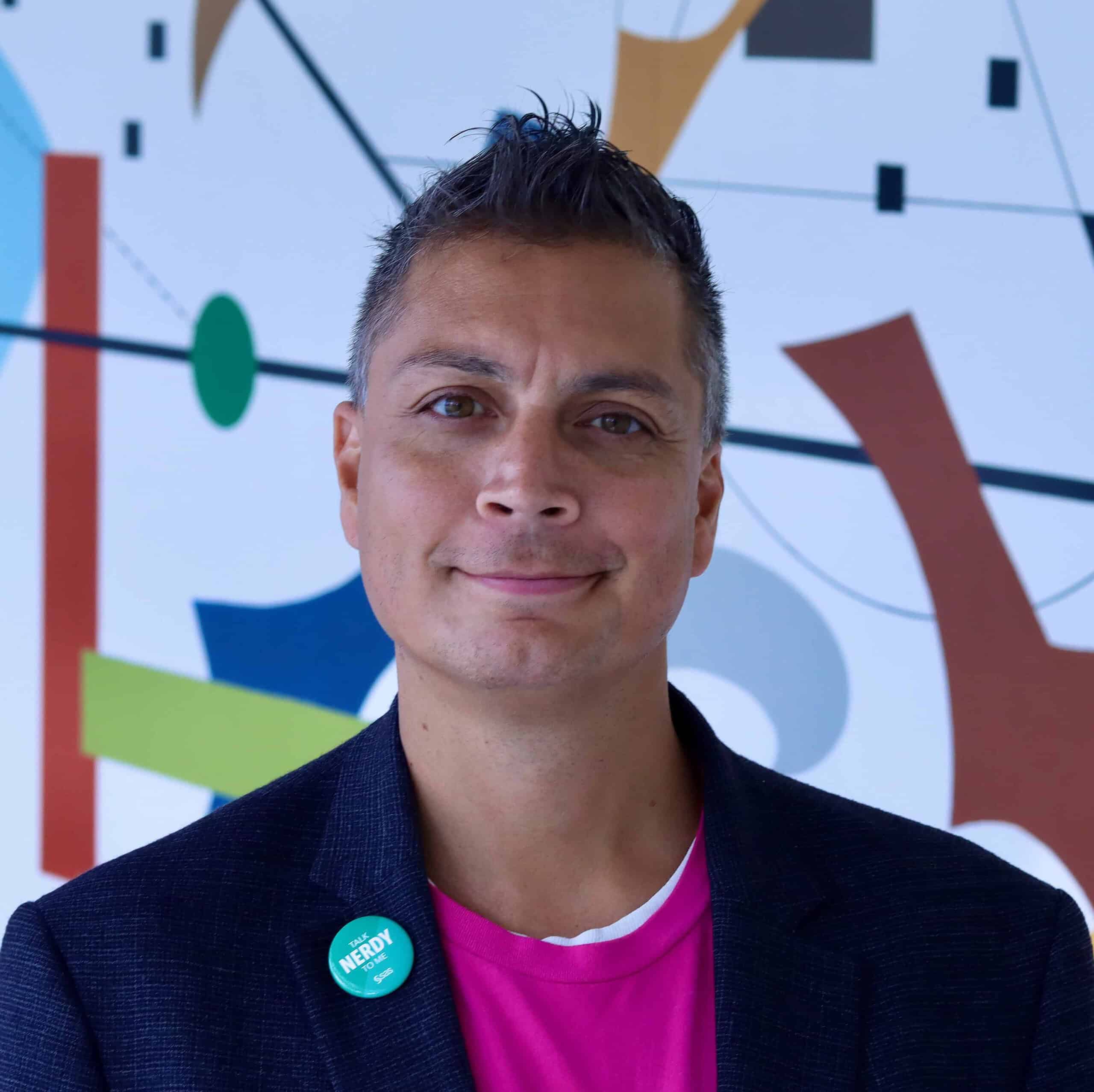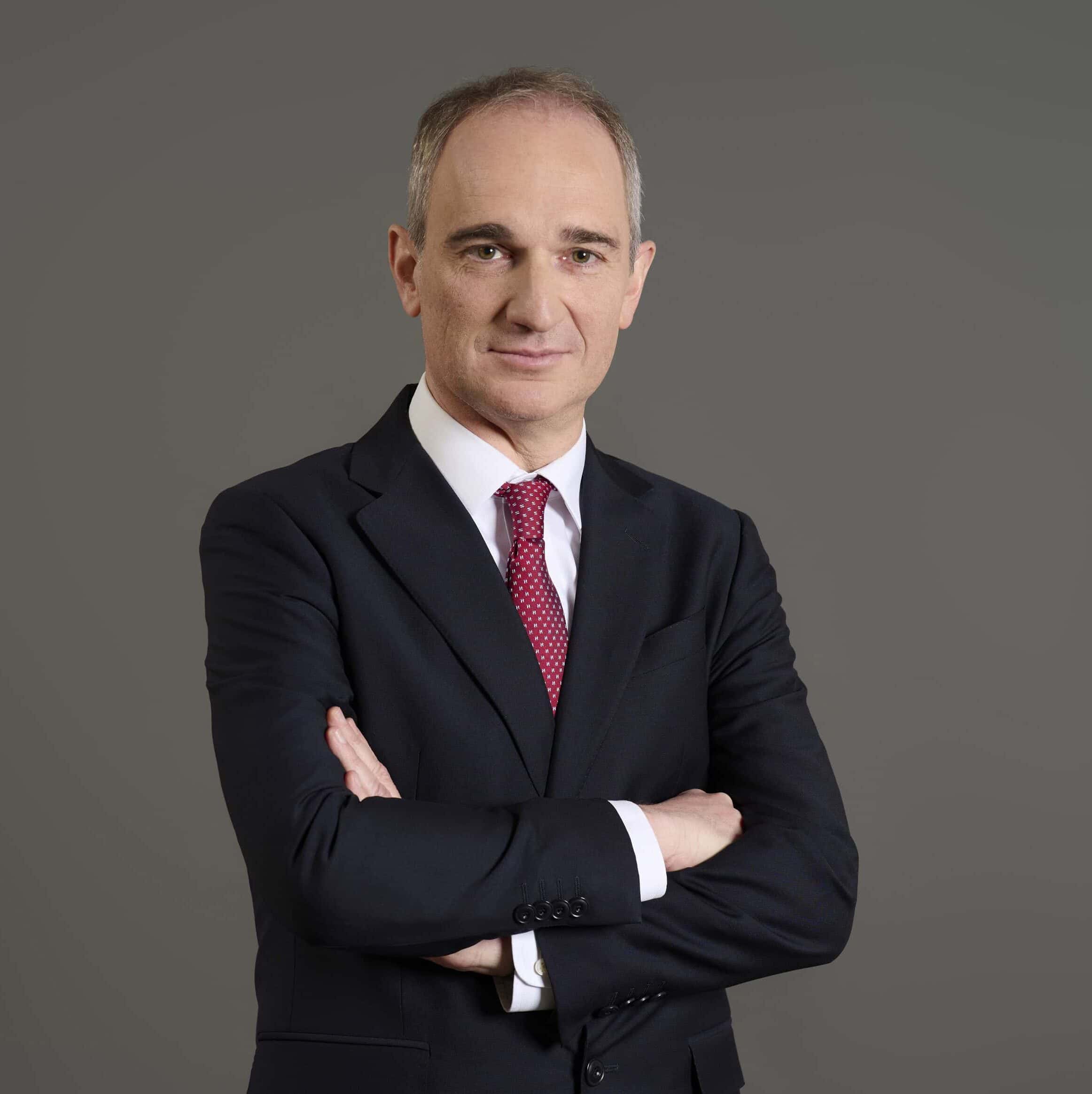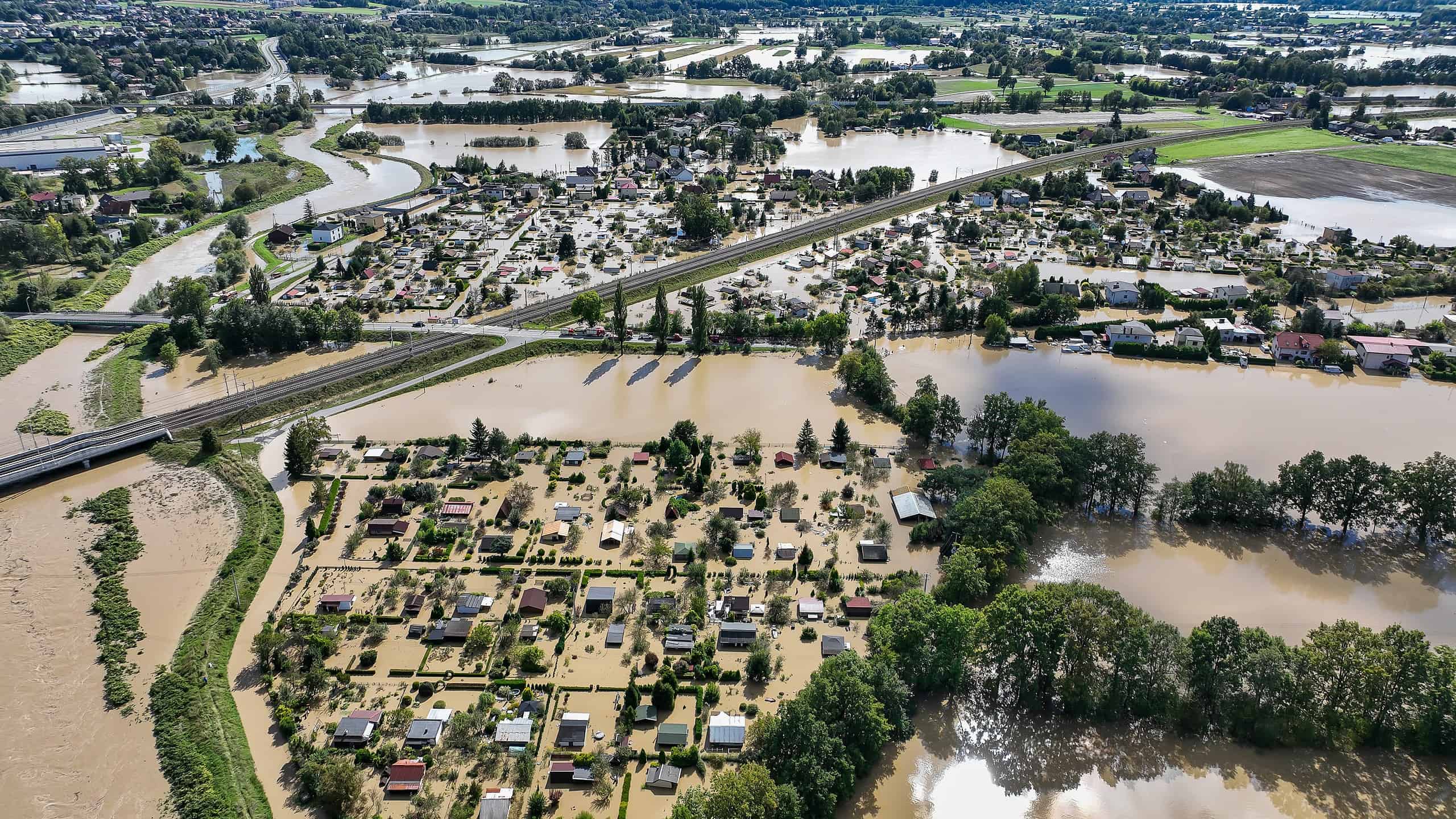Expanding coverage is critical as losses exceed existing protection.
Climate change, urbanization, and inflation are combining to make losses from natural catastrophes like hurricanes and wildfires far more severe. The difference between total global economic losses and the portion covered by insurance policies rose 3.1% year over year, reaching $1.83 trillion in 2023, according to Swiss Re. That difference in global protection has increased by more than 40% since 2013. If the huge, largely uninsured and underreported losses resulting from cybercrime are included, the uninsured exposure across global economies exceeded $2 trillion in 2023.
“The protection gap means that many individuals and SMEs lack basic risk-buffering mechanisms when facing natural disasters, health shocks, or unexpected events,” says Giulio Terzariol, CEO Insurance at Trieste-headquartered Generali Group. “This not only amplifies poverty and delays recovery, but also directly affects social stability and sustainable economic development.”
Terzariol suggests that reducing this shortfall in protection is a moral obligation and a business opportunity for the insurance industry. “The responsibilities and opportunities linked to protection gaps complement each other, showing the importance of aligning business models with social value.”
He is not alone. A recent survey of more than 500 insurance executives by The Economist Impact and technology advisor SAS found that 78% of respondents considered closing the gap an ethical obligation of the industry, and 76% also viewed it as a “significant” business opportunity. However, closing the shortfall presents significant challenges for the industry.
Global Warming Worsens Problem
The definitions and estimates of the overall insurance coverage divide vary, but it is widely acknowledged that the gap has increased dramatically over the last decade. Global warming and more erratic weather patterns are major factors. The wildfires in Southern California earlier this year are only the latest example.

“Increasing climate volatility is playing a critical role in [the growth of] the protection gap,” says Sridhar Manyem, senior director of industry research and analytics at AM Best. “There are two aspects to this. First, the frequency and severity of climate-related events are increasing, and secondly, population bases are increasingly migrating to places that are prone to these events.” With reinsurers raising rates and tightening terms with insurers, the market is getting squeezed. “The combination of these conditions has made insurers increasingly risk averse.”
In developed markets like the US, which accounts for more than half of all written property and casualty (P&C) premiums globally, insurers are reducing their exposure to high-risk regions, such as Florida and California. Premiums for coverage have risen by high double digits in many areas, and large companies like State Farm, Farmers Insurance, and Nationwide have adopted policy non-renewal strategies to reduce their exposure. Allstate stopped writing new homeowners, condo, and commercial insurance policies in California in 2022.
The result is increasingly high insurance costs and a growing number of consumers and businesses choosing not to purchase insurance. “Over the last five years, the instance of individuals choosing not to have insurance has been growing,” says Franklin Manchester, global insurance strategic advisor at SAS. “Am I going to pay my insurance premium or buy groceries? Am I going to meet salaries for my business or cut coverage because I can’t afford it? Those are real choices that consumers and businesses are going through.”
Proceed With Caution

The issue of affordability is an even bigger barrier in underinsured developing countries. Markets like China, India, Southeast Asia and Latin America represent enormous opportunities for global insurance carriers, particularly for life insurance and property casualty policies. According to Swiss Re research, just 6% of the $291 billion in economic losses from natural catastrophes in China over the last 10 years was covered by insurance—a staggering protection gap of 94%. The figure is 91% in India and 81% for the whole of Latin America. “Global developing markets are much less penetrated than North America,” says James Colaco, Global Insurance Leader for Deloitte. “The rising middle classes in these markets are generating more wealth and need protection.”
Colaco sees life insurers developing operations in these markets, but with the uncertainties around climate change and higher inflation, P&C insurers are proceeding more cautiously. “The developing economies are avenues to grow for insurers, but they need to approach them with caution.”
As big as the opportunity in developing markets is, it comes with major challenges. The most important thing is convincing customers with next to no experience with insurance of the product’s value proposition. “Customer education and trust are the primary challenges,” says Generali’s Terzariol, whose company has growing operations in Asia. “Many potential customers lack awareness of the value and role of insurance and even have a sense of distrust about it.”
The solution, he suggests, is simpler, more transparent and accessible products, educational programs fostering risk awareness, and faster and more efficient claims processing. Policies also must be affordable for lower-income populations. “Price sensitivity is a key characteristic of developing markets. We must develop cost-efficient solutions and be more flexible in payment methods to make insurance truly affordable,” says Terzariol.
AI’s Promise
Technology offers the best means to develop cost-efficient offerings like parametric insurance—policies with payments triggered by objective parameters, and micro-insurance—simpler policies with lower coverage limits and more affordable premiums.
A lack of historical loss and claims data has been a barrier for insurers looking to enter developing markets. However, technology can help bridge the gap. “Advances in technology like artificial intelligence, remote sensing, big data and satellite imagery allow insurers to get fundamental knowledge about risks without having to invest in claim systems, adjusters and other personnel in remote regions,” says AM Best’s Manyem.
AI models and mobile platforms can make insurance operations from risk assessment to product distribution to claims processing and customer service far more efficient and less costly.
Ultimately, AI is expected to have profound effects across all global insurers’ operations, but it also may be the key to help companies enter new, under-insured markets where the protection gap is greatest. “Insurers entering new markets have to capture the hearts and minds of customers and AI and digital, more personalized service will change the game,” says Colaco. “Every insurer will eventually embrace AI, but those adopting it earlier will have an advantage.”
At the end of the day, however, AI won’t close the global insurance protection gap. Neither will insurance companies on their own. In many emerging markets, insurance will remain unaffordable and require government subsidies to be viable. The same is true of high-risk regions in developed markets where the scale of losses can now be so huge that insurance and reinsurance companies can’t cover them on their own.
“The widening of the protection gap is the result of multiple factors acting together and it stems from the increasing complexity of risks,” says Terzariol. “We need to establish long-term solutions involving public-private partnerships that can play a greater role in risk prevention, recovery, and public risk-sharing mechanisms.”




